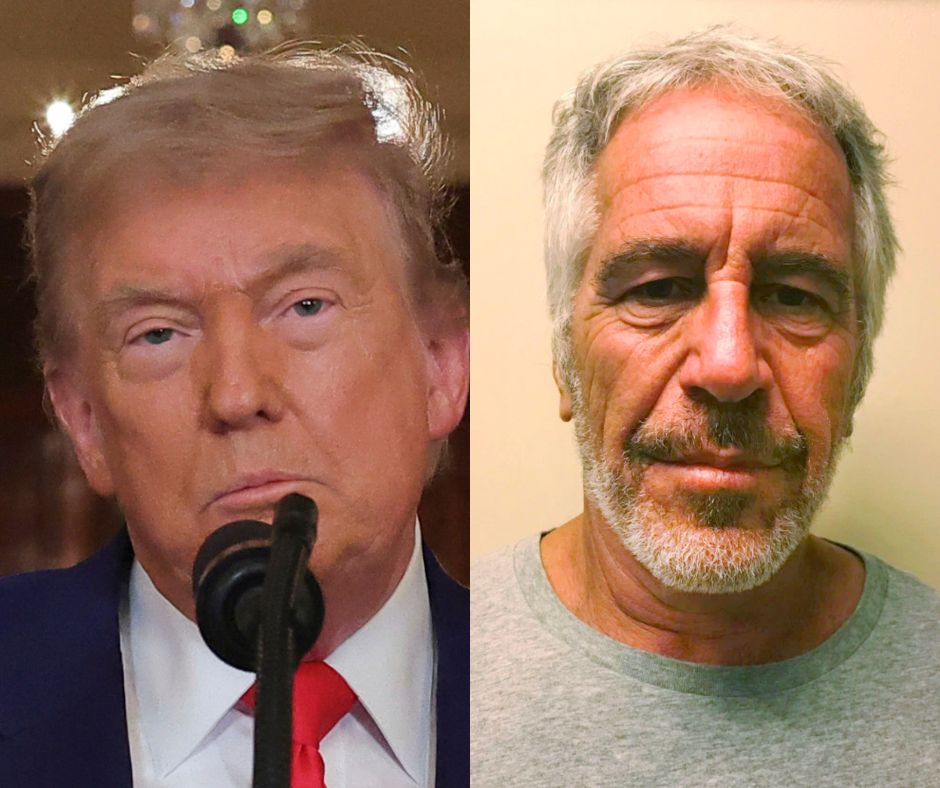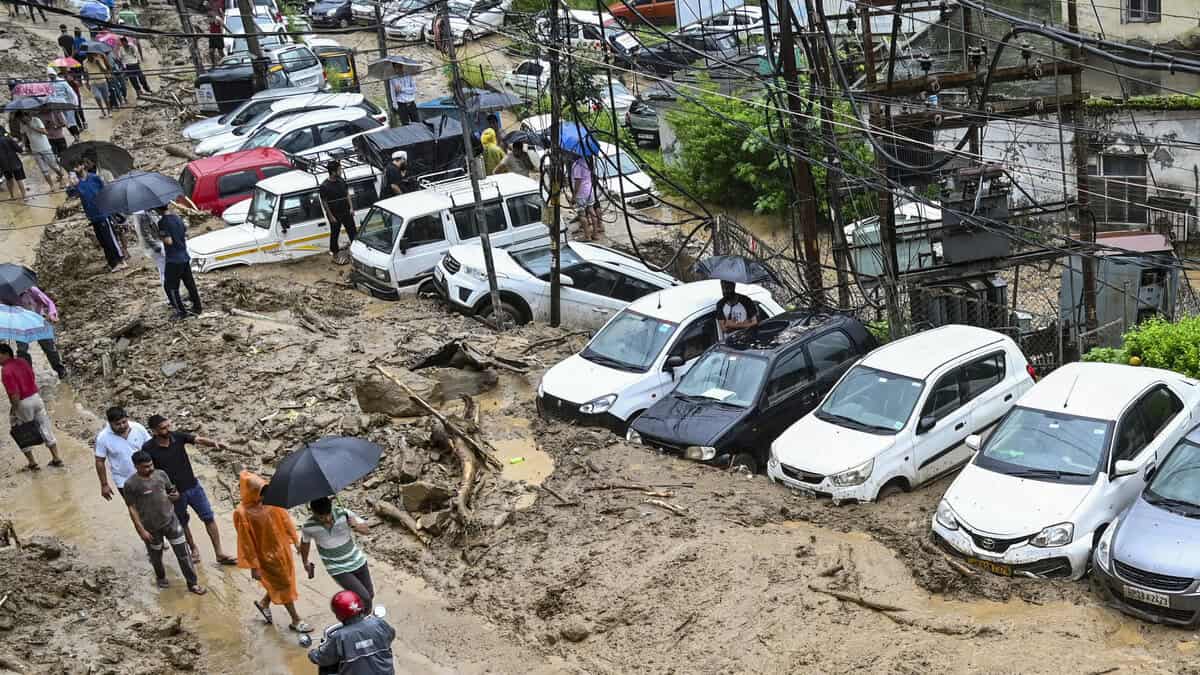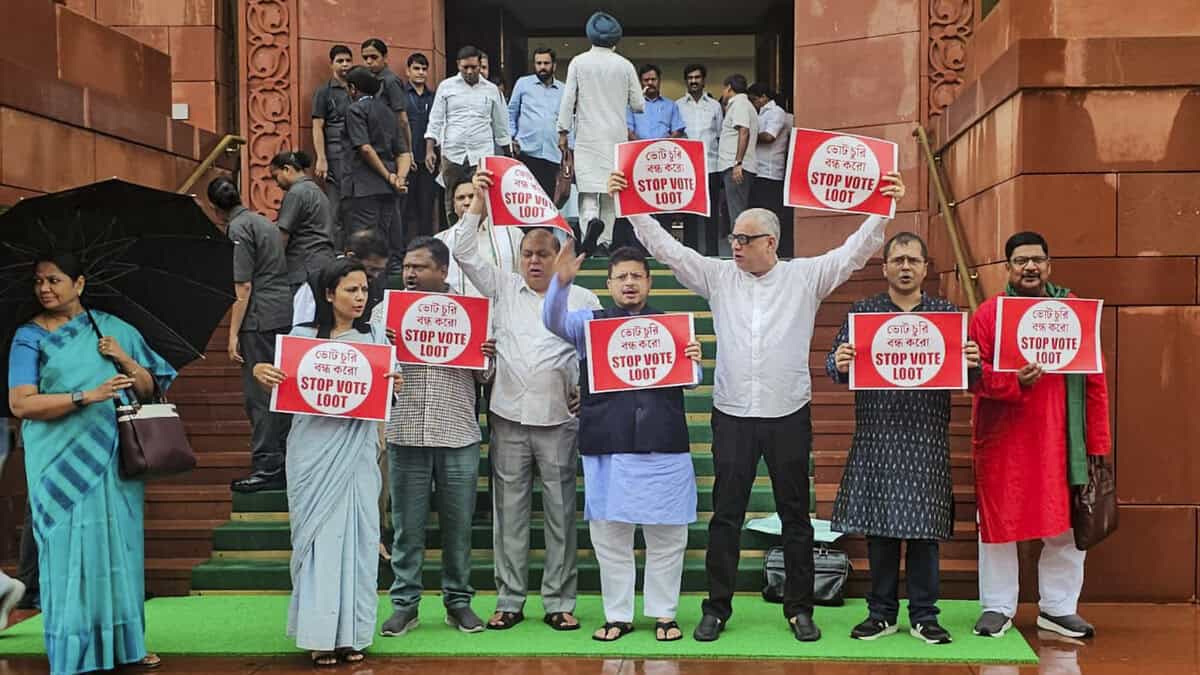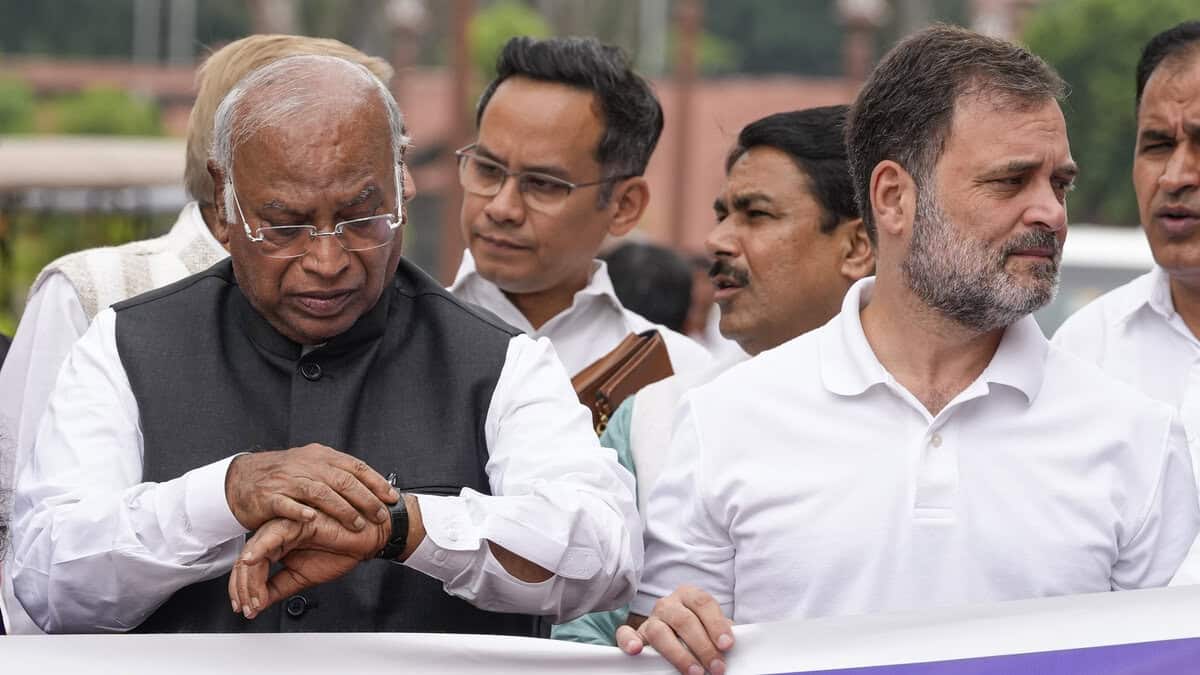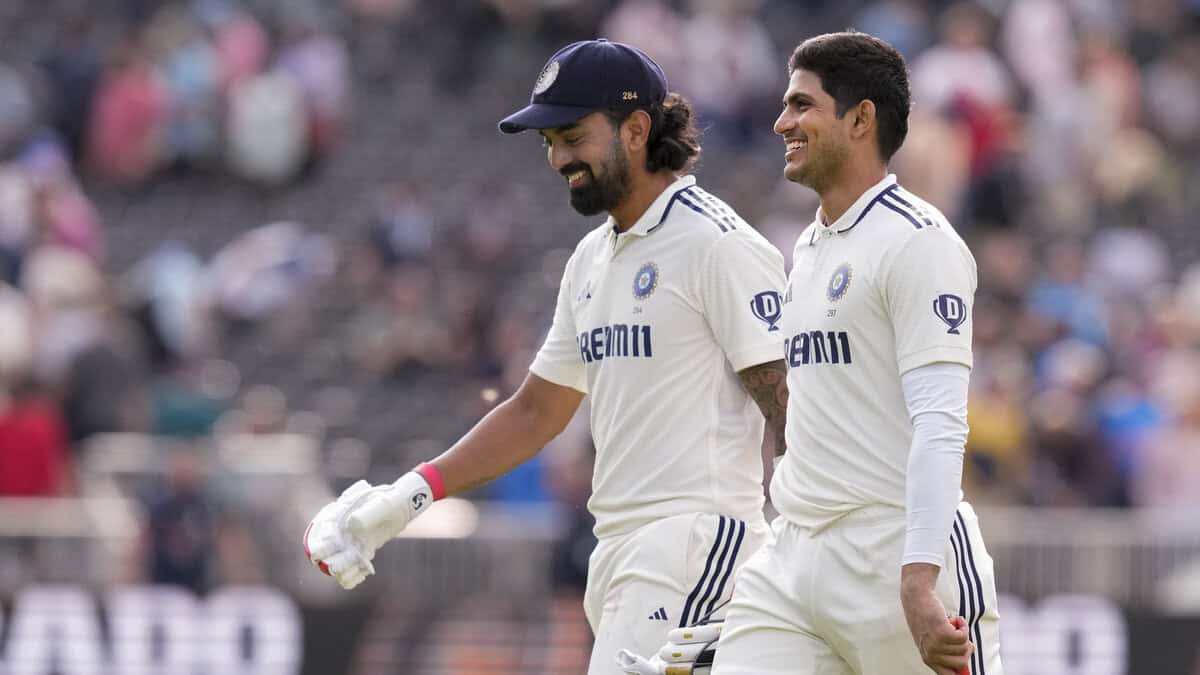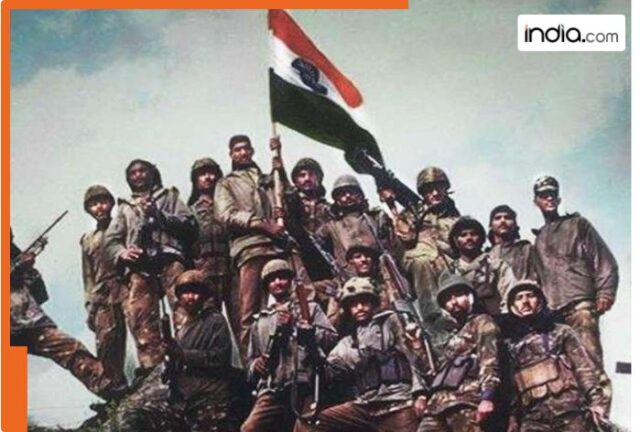The Kargil War was not just a military challenge for India, it also tested the country’s economy. According to estimates, India spent around Rs. 5,000 to Rs. 10,000 crore on the war.
The Kargil War was not just a military fight, but it was a test of India’s strength, smart planning, and the incredible courage of our soldiers. In May 1999, Pakistani soldiers and militants secretly occupied high mountain peaks in the Kargil region, which is part of India which led to a war. To drive them out, India launched Operation Vijay, which went on for more than two months. On 26 July 1999, India won the battle and proudly raised the national flag on every peak. But this victory came at a heavy cost. Hundreds of Indian soldiers lost their lives, the country spent billions of rupees, and a lot of military equipment was used up.
On Kargil Vijay Diwas, let’s take a closer look at which country, India or Pakistan, suffered the most losses during the war, and who had to bear the higher cost of the conflict.
India faced huge expenses, yet the economy stayed strong
The Kargil War was not just a military challenge for India, it also tested the country’s economy. According to estimates, India spent around Rs. 5,000 to Rs. 10,000 crore on the war.
The Indian Air Force alone carried out over 300 airstrikes, costing nearly Rs. 2,000 crore. On the ground, the Army’s daily operations cost about Rs. 10 to Rs. 15 crore per day. Some reports suggest that during the peak days of the war, India was spending nearly Rs. 1,460 crore each day.
Even with such massive expenses, India’s economy didn’t break down. At the time, the country had a strong financial base, with USD 33.5 billion in foreign exchange reserves and a USD 10 billion defence budget. This solid economic support helped India manage the war costs without letting its economy fall under pressure.
The biggest loss: The sacrifice of our brave soldiers
More than the financial cost, India paid the highest price by losing 527 brave soldiers during the Kargil War. Over 1,363 soldiers were injured in the fierce battles. This sacrifice is something that can never be measured in money.
In the final phase of the war, Indian Army units fought for every inch of land on the steep mountain peaks, putting their lives on the line to protect the country.
Pakistan suffered more losses but kept denying the truth
If we compare, Pakistan faced much heavier military losses than India in the Kargil War. According to some reports, nearly 3,000 Pakistani soldiers were killed. But officially, Pakistan only admitted to 357 deaths.
After Indian forces recaptured the high-altitude positions, they found hundreds of bodies of Pakistani soldiers. Shockingly, Pakistan even refused to take back many of those bodies.
Not only did Pakistan suffer on the battlefield, but the war also damaged its reputation worldwide. Just a few months after signing the Lahore Declaration (a peace agreement with India), the Kargil intrusion was seen globally as a betrayal and a planned act of war. This badly hurt Pakistan’s image in the international community.
Weak military planning and economic pressure forced Pakistan to back down
While India had a strong economy during the Kargil War, with USD 33.5 billion in foreign exchange reserves and a USD 10 billion defence budget, Pakistan was not in a position to continue the war for long.
Reports suggest that Pakistan’s daily war expense was around Rs. 370 crore, which was less than India’s. But the impact on Pakistan’s economy was much greater.
India’s solid financial base and stable political leadership gave it the strength to handle a long and intense conflict. On the other hand, Pakistan struggled under international pressure, weaker military resources, and growing economic problems, which eventually forced it to step back from the war.
Lessons learned from the war
The Kargil War also exposed several weaknesses in India’s military systems. One major issue was the lack of weapon-locating radars, which led to the loss of many soldiers. Realizing this gap, India later introduced the Swathi Radar System, which can accurately detect enemy artillery positions.
There were also shortages of bulletproof jackets, night vision devices, and even basic supplies — all of which were addressed after the war.








